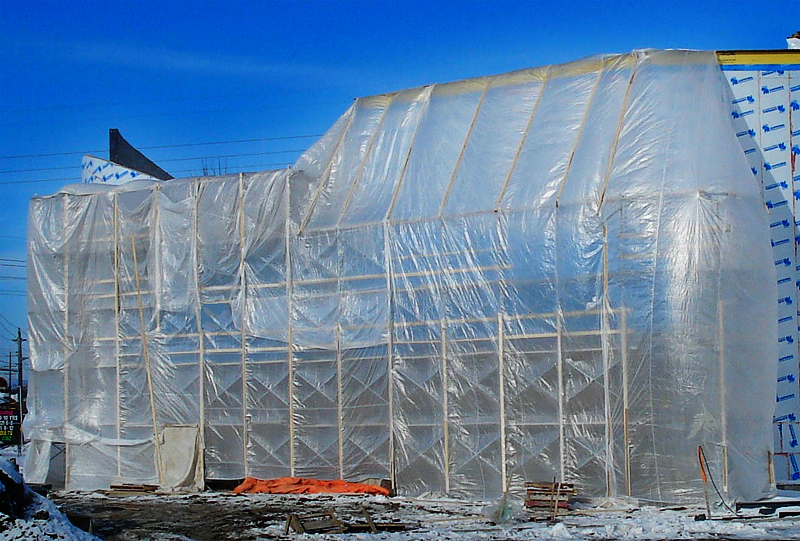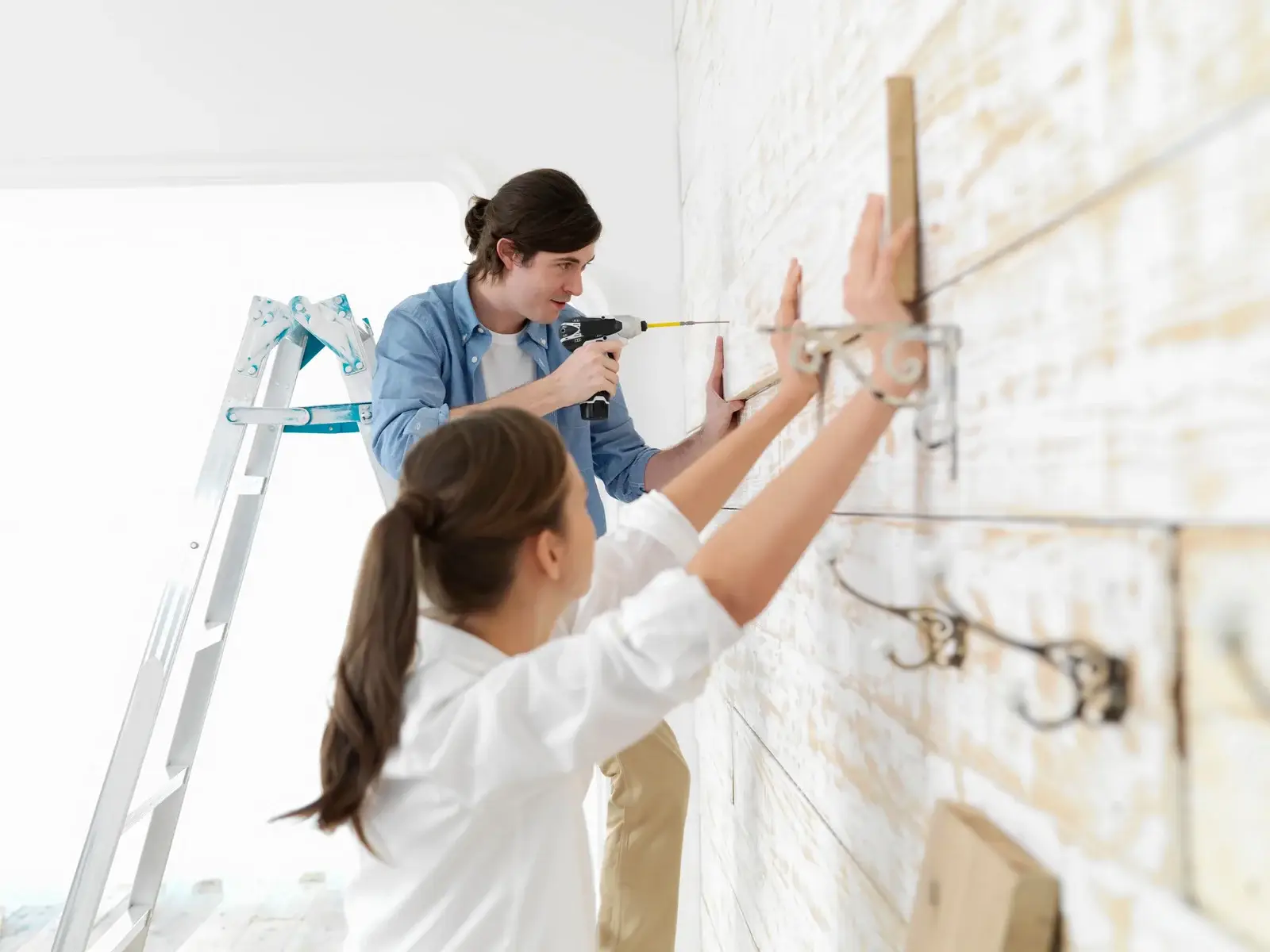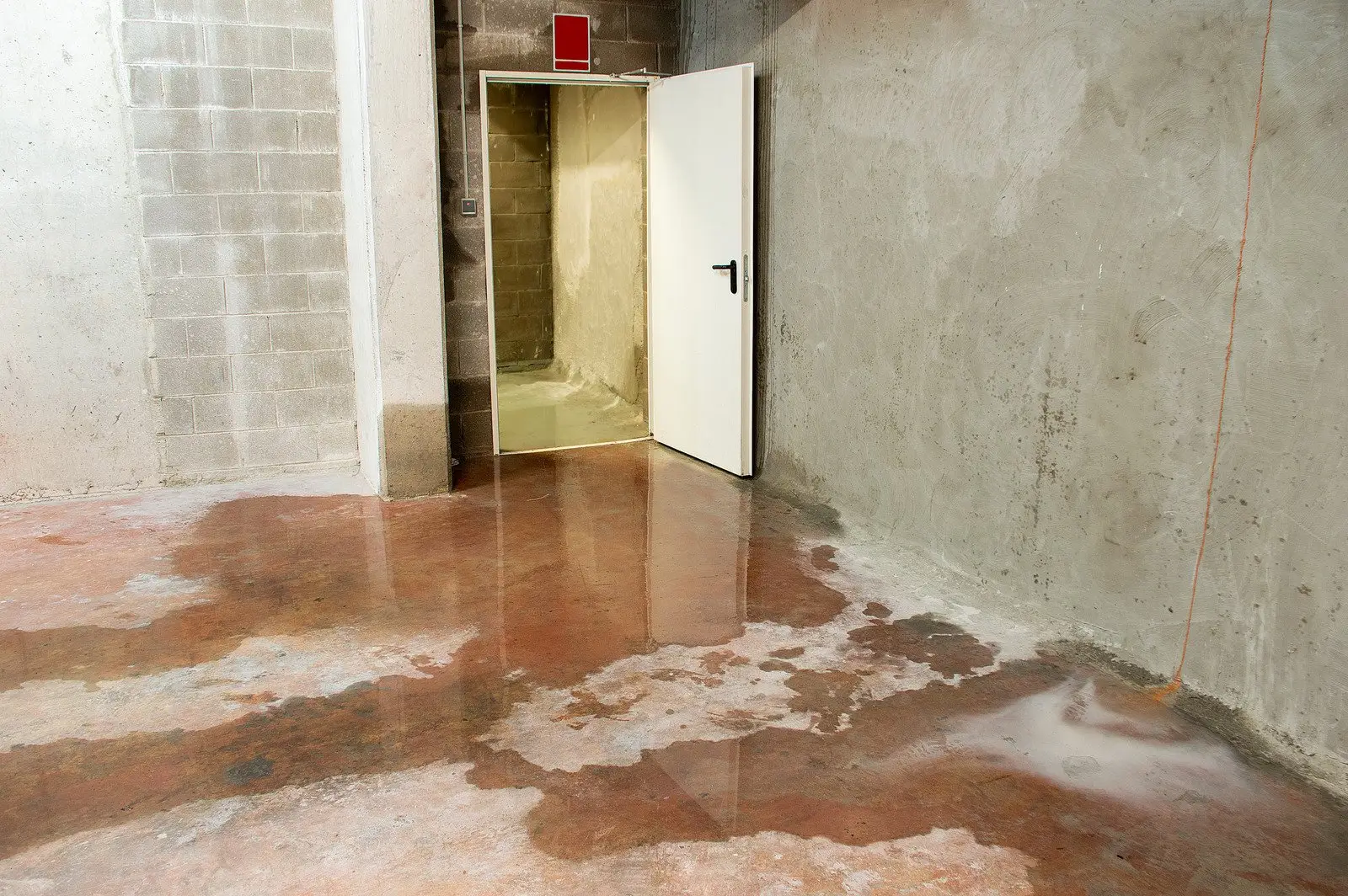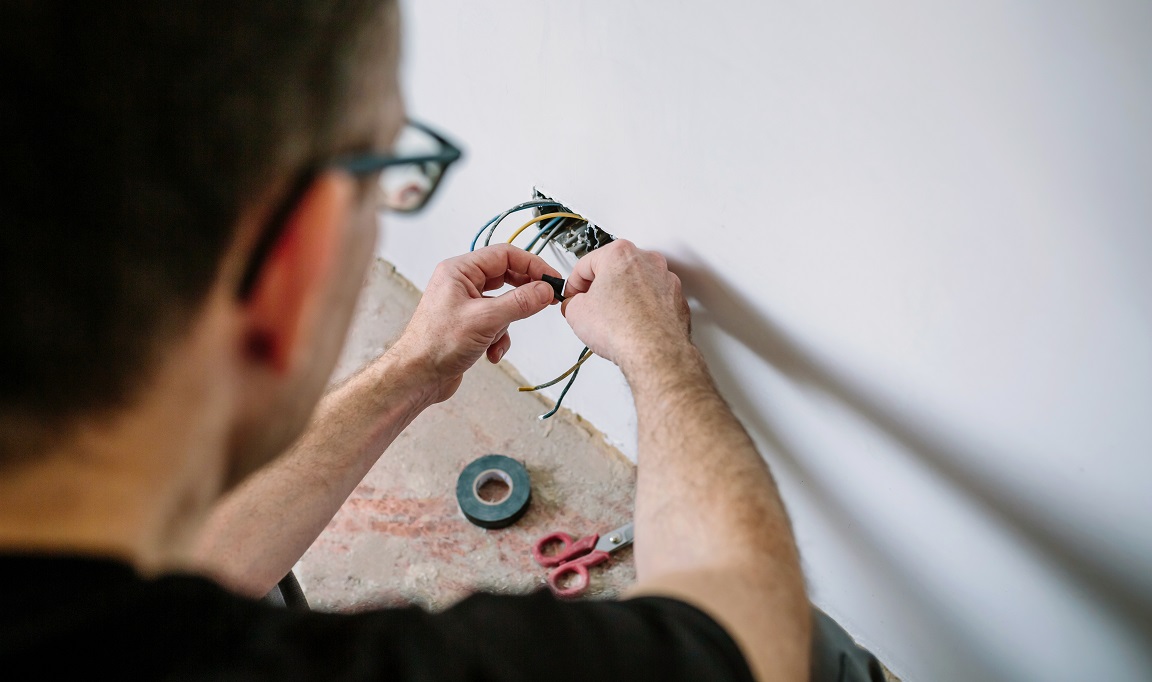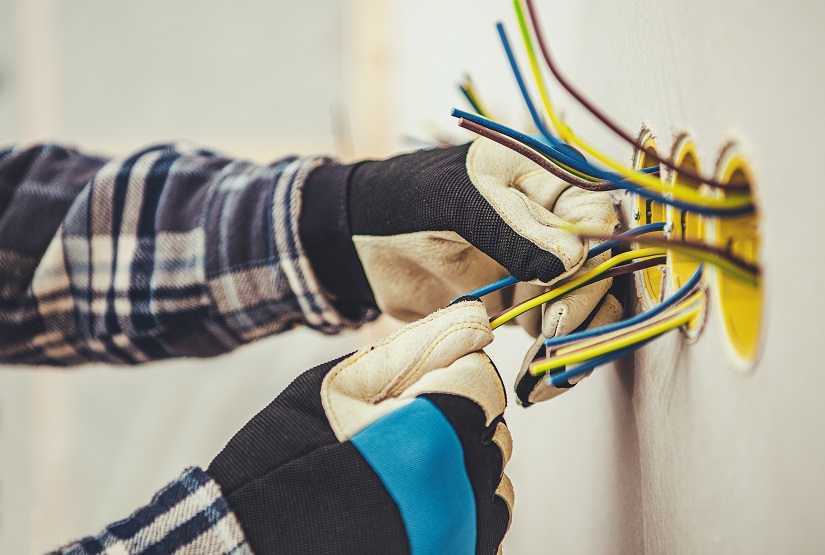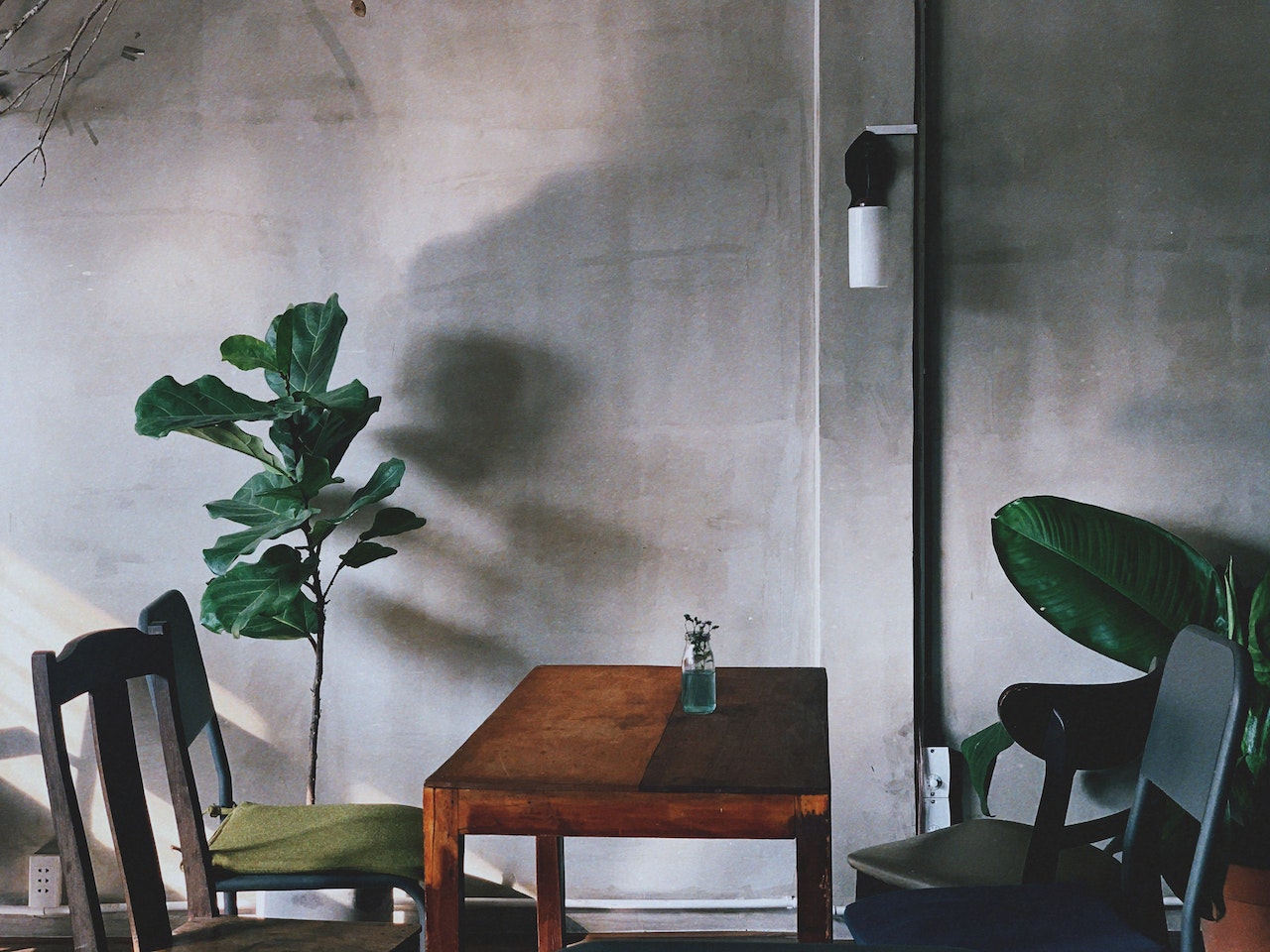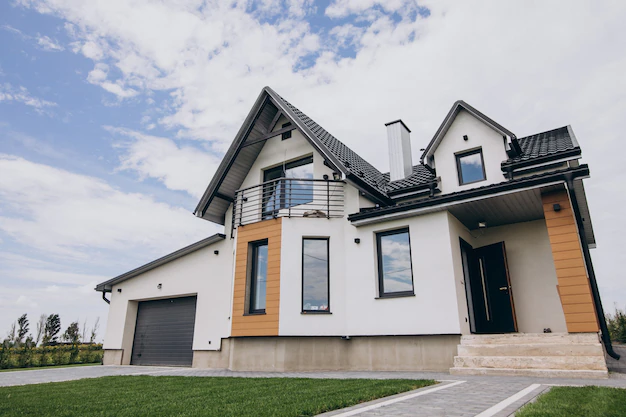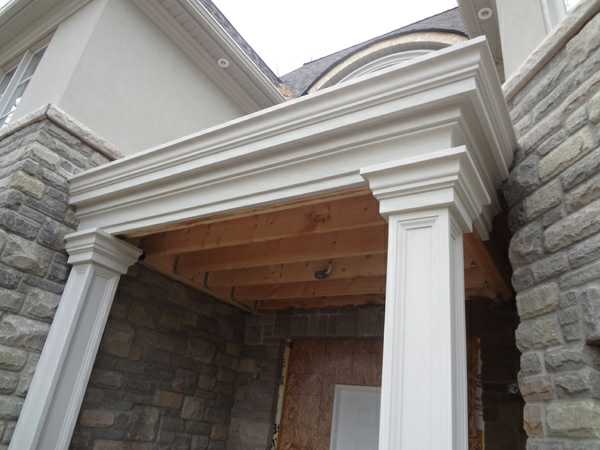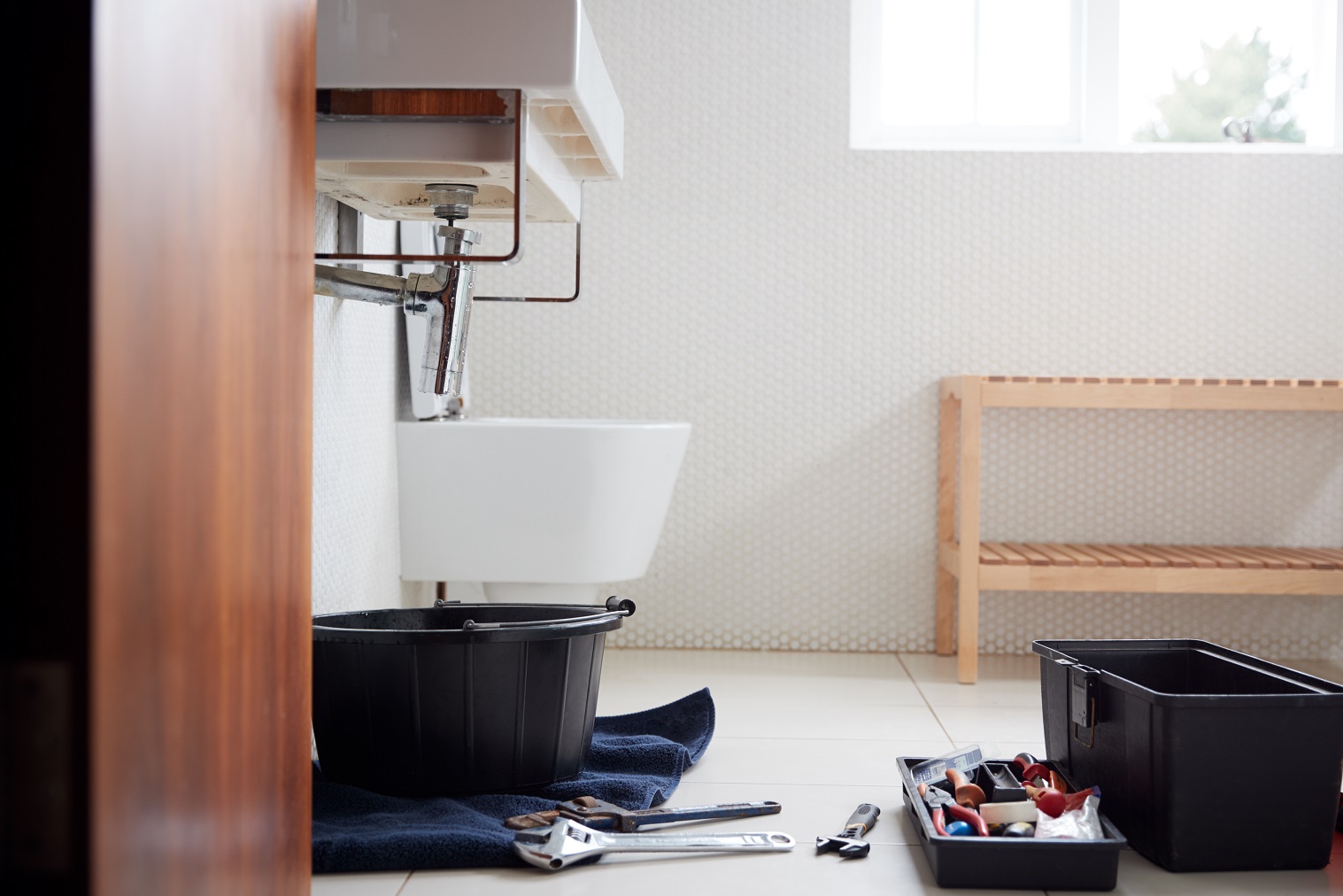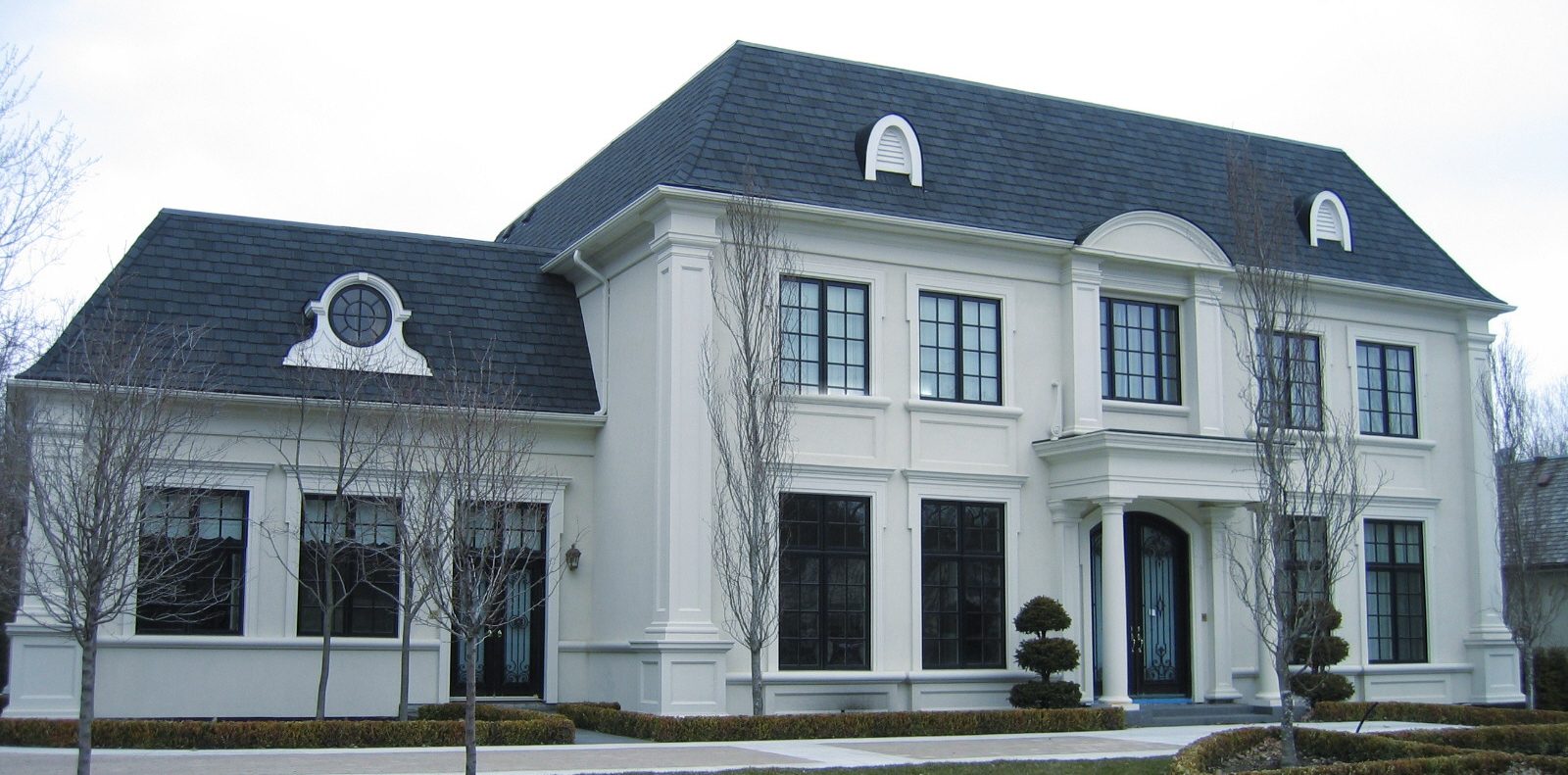Yes, you can Stucco during winter!
Warmer, drier climates favor the usage of stucco for exterior walls. You may be asking if stucco installation in Canada is possible if you reside in a location with snow and low temperatures throughout the winter.
Stucco has several significant advantages for homes in areas that get a lot of snow and ice in the winter. The most critical factor is, as always, hiring a contractor that consistently delivers excellent results.
Before we explain stucco in winter, have a look at its process for more understanding.
Step-by-Step Process of Stucco
Sky Stucco System is doing a great job by introducing the latest and most reliable process of stucco.
Barriers that keep out water, or WRBs:
They are often installed as part of a “premium system” that provides the wall with increased water resistance. However, an EIFS cladding does not necessarily need to include these as a required component.
Moisture Proofing and air Proofing
The surface is properly treated with moisture-proof materials and air proofing by manufacturer specification, Some products are Rolled on the surface, and some products are Troweled.
Adhesive Layer
The foam is fastened with an adhesive troweled on with a notched trowel, the notches of which typically run in a vertical orientation (up and down). Some adhesives are spray foam based which will bond perfectly with the previously stated steps of moisture proofing.
Insulating Panels Made of Foam
Foam is typically utilized as a primary insulator for walls, and it is available in a variety of thicknesses (the standard is 2 inches). Polymer-modified cement is used to attach the typical 2-inch-thick foam to the exterior walls.
Rasping
We use this special cement to cover the entire home with styrofoam, and then we rasp the styrofoam until it is perfectly flat.
Mesh and Finishing
Fiberglass mesh (not wire mesh) is placed with the same cement used for the stucco, and the resulting surface is primed, painted, and plastered using a trowel.
Can You Apply Stucco in the Winters
As long as you have a protected space and a way to generate heat, stucco can be obtained even in the winter month. If it’s cold outside, the installation procedure could be complicated by the mixture freezing and hardening before it’s ready.
While cold weather can have an impact on how well stucco is put, it has little effect once it has been applied. Stucco can withstand a broad range of temperatures and weather conditions, so it’s not only for Arizona and New Mexico individuals. Stucco exteriors may be an excellent choice for people across Canada.
Can you do EIFS Stucco in Winters?
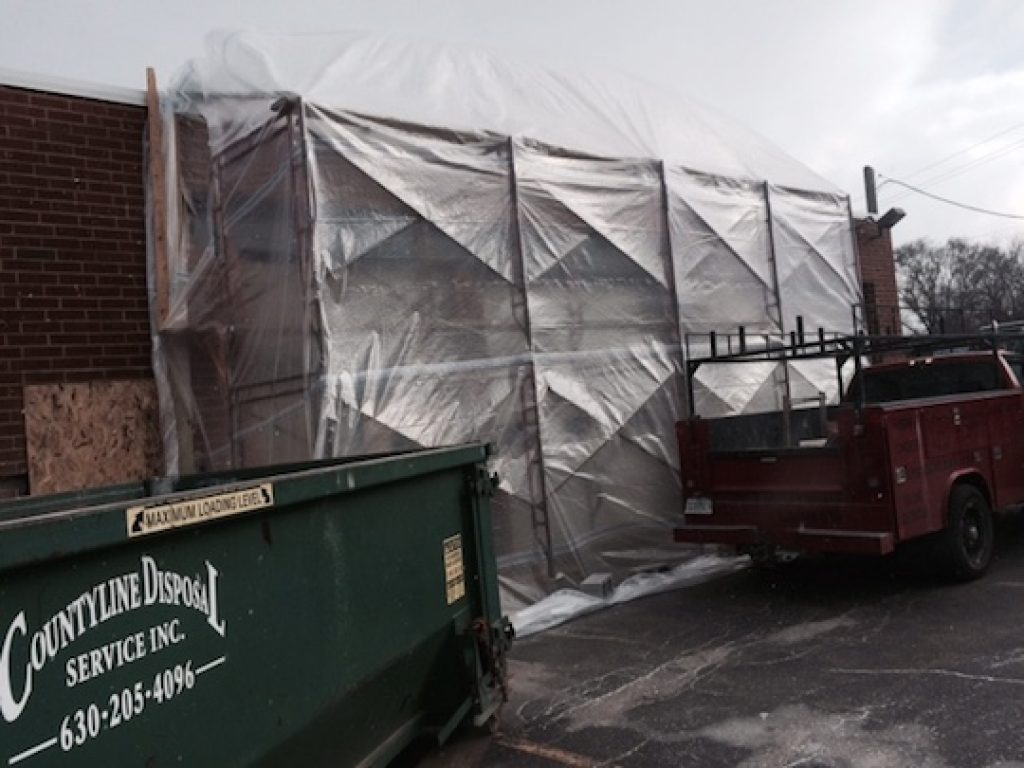
You are well aware that stucco is an exceptionally long-lasting material that can be used to finish the exterior of your home.
It does pretty well in both hot and cold weather, especially in dry settings. Which is one of the primary reasons why it is such a popular option across the entirety of the United States. In contrast to other vinyl siding options, stucco does not deteriorate when exposed to wind. Even though changes in temperature can cause stucco to contract and expand. This popular choice competes favorably with materials such as metal and wood for the role of finish.
When built correctly, exterior insulation and finish systems (EIFS) are a popular alternative to traditional stucco because they give the appearance of stucco while also functioning as a moisture barrier.
In point of fact, because of the multilayered application process, not only is EIFS capable of protecting from the weather. It may also assist in reducing the expenses associated with heating your home.
Can you Repair Damaged Stucco in Winter?
Even though stucco is most typically seen in the Southwest and warmer climes, it is not unusual to come across EIFS systems in combination with stucco. When put correctly and kept in good condition, stucco can outlast other types of siding in colder areas for as long as those other materials do.
Stucco that has been damaged should be restored as soon as possible to prevent further damage to the siding and the sublayers. However, is it possible for a contractor to carry out the essential repairs during the winter?
The answer to that question is affirmative, but we do need to proceed with caution when completing the necessary repairs. Everything you need to know about fixing stucco during the winter is included in this article.
The rule of -40 degrees
The water that is contained within the cement might cause the stucco to break if the cement abruptly freezes. The building standards require that a stucco application be shielded from temperatures below freezing for a minimum of twenty-four hours after it has been completed. However, if you heat the walls enough to dry out the water from the finish coat or cement coat then that will be safe from freezing.
Stucco contractors may often work at temperatures at least 40 degrees than the ambient temperature. This is due to the composition of stucco. Which is cement, a material that cannot create a paste without the addition of water.
This water content is the component that has the potential to freeze. If the temperatures throughout the installation, drying, and setting processes are too low. If the temperature is low enough, the water will freeze before the cement plaster has had a chance to completely harden. This is what causes cracks and other kinds of deterioration in the external stucco of a building.
The contractors from Sky Stucco System will warm the water that is used to manufacture. The stucco cement pastes in order to mitigate the effects of the cold weather. As long as the temperature of the water does not rise over 120 degrees Fahrenheit. This is considered to be a perfectly acceptable procedure.
So, how about stucco that has been frozen solid?
In spite of daytime highs of 40 degrees or more, overnight lows may struggle to reach even freezing. The bright side is that it may not be the end of the road for those working in the stucco industry.
In the event that the newly put stucco freezes overnight, your contractor can remove the stucco safely. Damaged stucco can be removed, rehydrated, and reapplied by an expert. There shouldn’t be any noticeable changes to the appearance or durability of this recently frozen stucco.
Utilizing additional sources of heat
If there are no days expected with temperatures of at least 40 degrees, your contractor may use tarps and a heating device to keep the area warm. In order to complete the stucco repair that has to be done immediately. Warming the wall with heaters called “salamanders” may be done by positioning them at an angle along the base of the wall. This will allow stucco work to be finished on the wall. As long as the water is dry from the cement or the finish coat then is safe from freezing. Even though the cement won’t be fully hard will be safe from freezing.
It is essential to be aware that salamanders use a significant amount of costly fuel. Hence, contractors strive to avoid utilizing salamanders for stucco or EIFS applications if it is at all feasible.
How to Prevent Damage to Stucco During the Winter
It is not too late to get your stucco ready for the winter season. In spite of the fact that freezing temperatures are just around the horizon.
- Put on some new paint designed for masonry: Masonry paint has the ability to penetrate your finishes, which assists in the sealing of microscopic gaps.
- Stucco that has not been soiled: When you clean your finish, it will have a gleaming, brand-new appearance, and it will also help prevent mold development. You may give it a power wash using warm water and bleach that has been diluted, although you might need to use a scrub brush on spots that are very persistent.
- To have cracks and gaps repaired, you should get in touch with a professional: The present moment is ideal for making an appointment with a cleaning or maintenance crew so that small issues may be addressed.
- Stucco Remediation: In the event that your stucco has sustained significant damage, the repair is likely to be your best choice. The installation of drainage screens, the repair of huge gaps and cracks, and the construction of a drainage plane over the walls are all examples of services that may be provided.
FAQs
What is the minimum temperature for applying stucco?
40° Fahrenheit
The typical temperature recommendations depend on a minimum of 40 degrees Fahrenheit to a maximum of 90 degrees Fahrenheit. If the temperature is too low, there is a possibility that the water in the new plaster will freeze. Because this is an expanding operation, there is a possibility of cracking occurring. The hydration process of cement can also be stopped.
How long does it take for the stucco to cure before freezing?
24 hour
Ideally, the cement is mixed with water. The water is what makes the material freeze at a cold temperature of -10. As long as you heat the wall enough for the water of the cement to dry you are safe from freezing. The International Building Code addresses the application of stucco. Often known as cement plastering, in environments where the temperature is below freezing. “Plaster coats should be safeguarded from freezing for a period of at least twenty-four hours after the set has taken place,” the rule states.
Which types of weather are ideal for stucco?
Stucco contractors may often work at temperatures that are at least 40 degrees Fahrenheit higher than the ambient temperature. This is due to the composition of stucco. Which is cement, a material that cannot create a paste without the addition of water.
This water content is the component that has the potential to freeze. If the temperatures throughout the installation, drying, and setting processes are too low.
How long does stucco take to completely dry?
90 days
Stucco has a curing time of one hundred and twenty days! You can pressure wash it or clean it after 90 days have passed. But you shouldn’t perform any of those things before the 90-day mark.
After the installation of the external stucco has been completed for a few days. The top surface may have a solid texture when it is touched. That, however, does not mean that the stucco is dry, as it is not yet in that state.
Best Way to Inspect your Stucco
It’s a good idea to take a closer look, around the perimeter of your building to check for cracks in the stucco or EIFS. Contact Sky Stucco System if you see any cracks. If it has been a while since your stucco was inspected by a professional.

